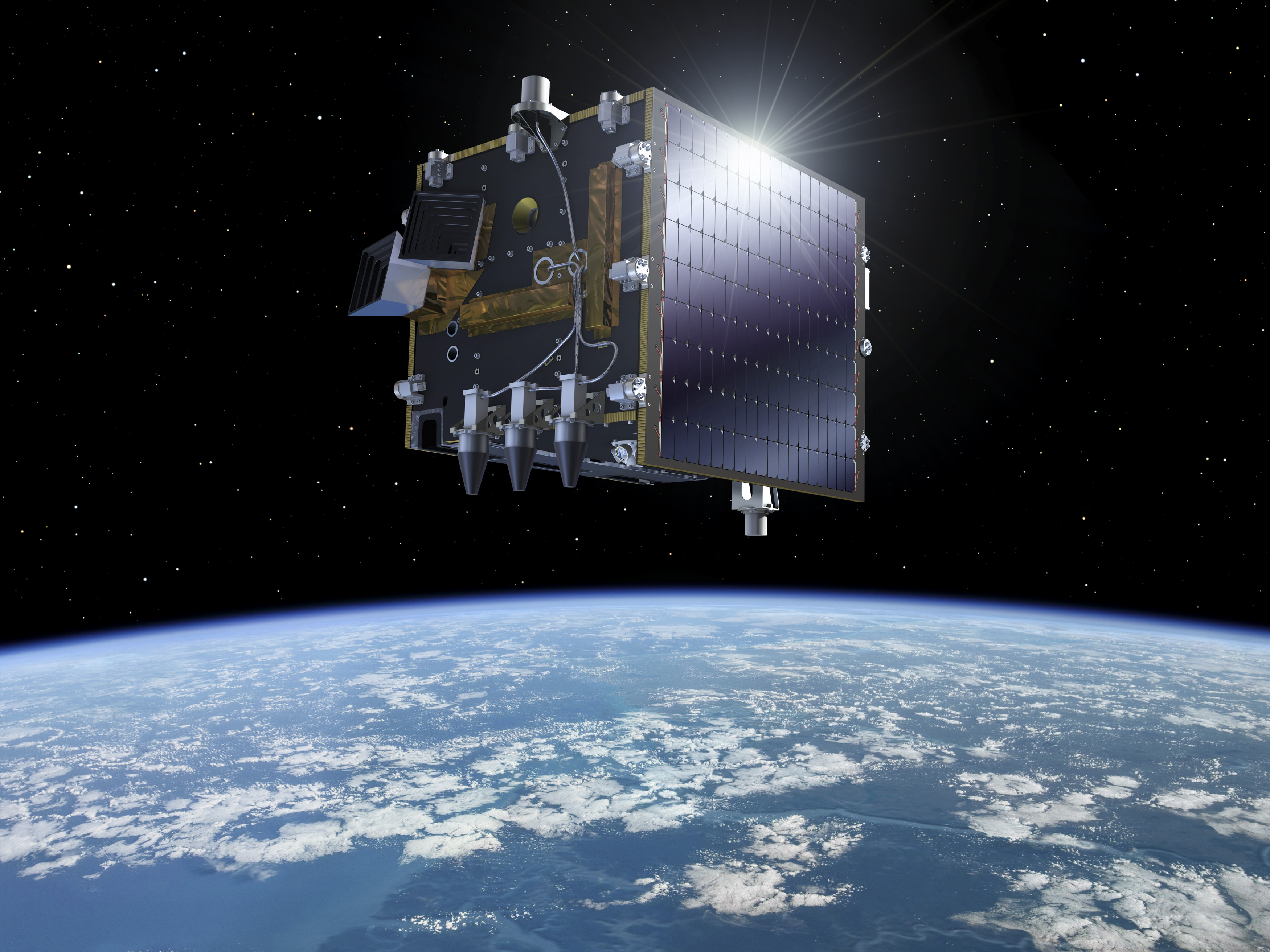Andrew Barnes is a senior technology engineer at ESA and was in charge of the GaN Reliability Enhancement and Technology Transfer Initiative (GREAT2), which collaborated with academia and industry to develop a space-qualified supply chain for GaN technologies and sent the first European GaN-based component into space in the Proba-V mini-satellite in 2013. In this interview, he tells how this came about.
“GaN can offer game changing capabilities in space.”
Interview with Andrew Barnes from ESA
How and when did the idea arise that gallium nitride might be suitable for use in space?
In the early 1980’s ESA was already working with European industry and academia to perform fundamental research on gallium nitride to develop its capability for space application. As a wide bandgap semiconductor, GaN offers inherent robustness to the space radiation environment and can allow miniaturized components. This is very important for example in earth observation or telecommunications missions in order to allow maximum payload functionality.
Initially, it was not planned to integrate a component from Fraunhofer IAF. How did it end up in space?
A key aim was to understand if there were any issues preventing radio-frequency GaN devices operating reliably in space. This required extensive space environmental robustness tests to be performed. One of the test systems was an X-band MMIC (monolithic microwave integrate circuit) fabricated using the Fraunhofer IAF GaN25 process. It generated a large amount of reliability data from performing tests on ground. This extensive dataset of reliability information gave confidence to consider using the MMIC chip as part of the data telemetry transmitter on Proba-V.


What difficulties had to be overcome before Proba-V could take off with GaN on board?
One of the first problems to overcome was convincing the project team that the introduction of GaN technology for the first time would not risk the whole mission due to a potential failure. The GaN transmitter was eventually integrated as an additional third transmitter that served as a backup in case of transmitter failure. When the Proba-V satellite was launched into orbit in 2013, it was the first time ESA had launched European sourced GaN technology on a fully operational mission, and probably the world’s first demonstration of an X-band MMIC in space.
Did the Proba-V mission lead to any new insights about GaN?
The GaN-based transmitter proved to outperform the GaAs technology used for the mission baseline transmitter: it offered a smaller size, better efficiency and the ability to easily adjust the output power during a ground station pass to optimize link budget and maximize satellite resources. The GaN transmitter and the X-band MMIC unit have been running seamlessly with no change in operating performance since launch. This has been a major achievement and has shown that GaN technology can be operated in space with high reliability and with excellent performance.
Why are you personally convinced that GaN belongs in space?
GaN can offer game changing capabilities in space. The technology is here to stay.

 Fraunhofer Institute for Applied Solid State Physics IAF
Fraunhofer Institute for Applied Solid State Physics IAF